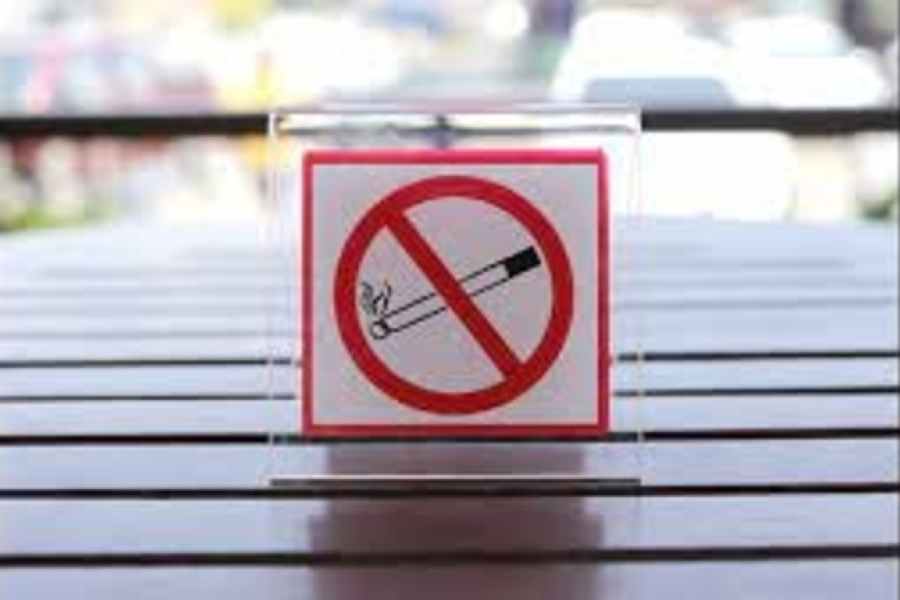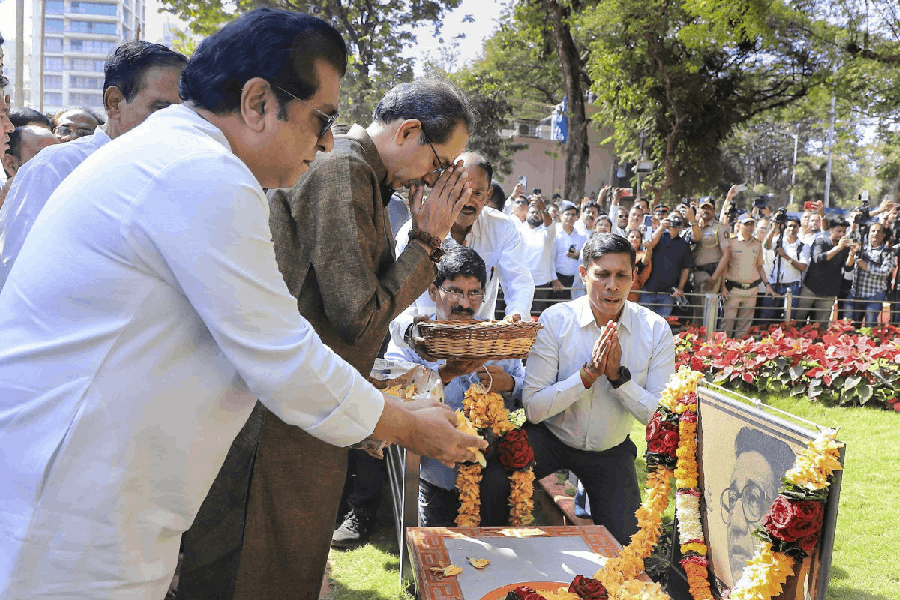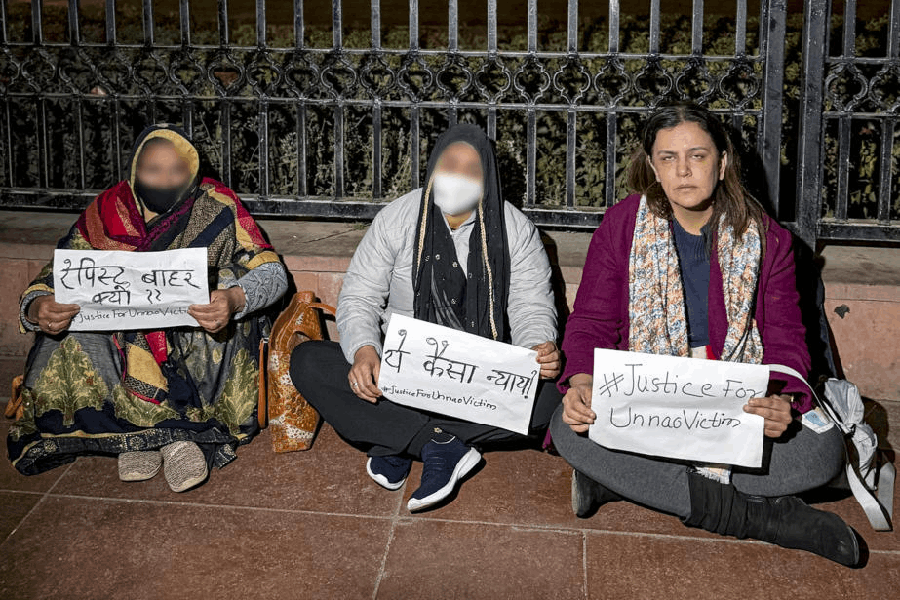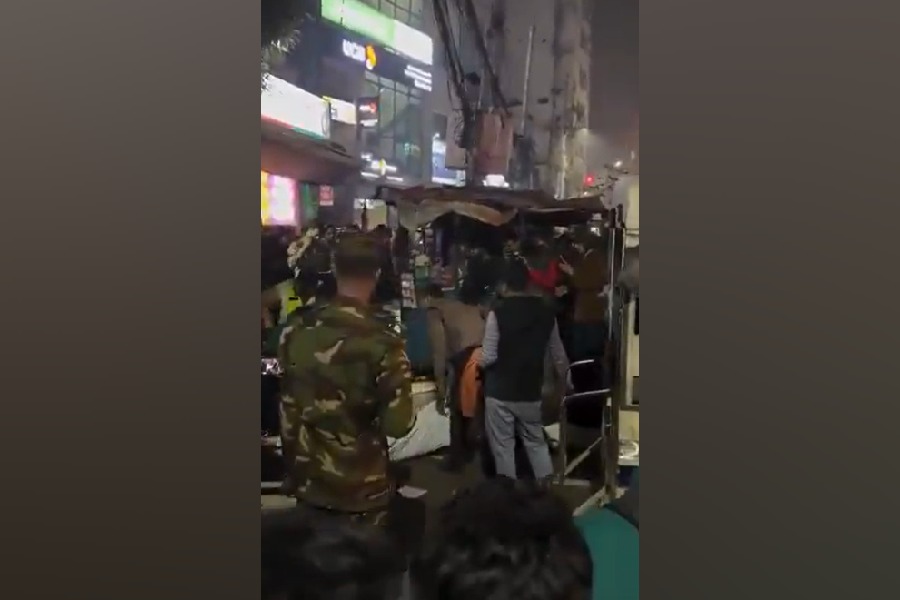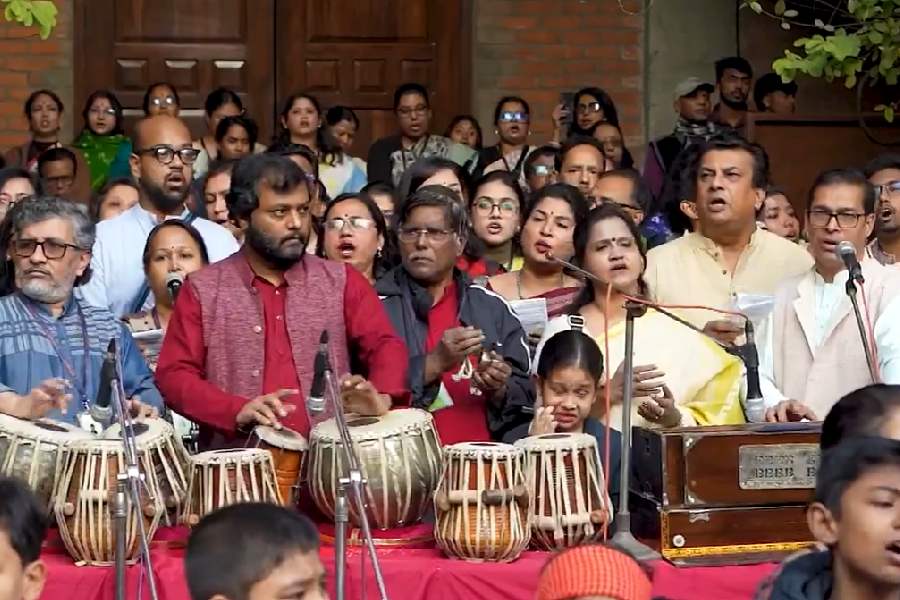Tobacco use remains a major public health challenge in India, especially among minors. Despite laws like Cigarettes and Other Tobacco Products Act and the Juvenile Justice (Care and Protection of Children) Act banning tobacco access to minors, 8.5% of children aged 13–15 years use tobacco (GYTS-2019) while over 50% of users start before the age of 20 (GATS-2017). Factors such as low prices and loose, illicit sales near schools exacerbate the issue. Recent observations by the Madurai bench of the Madras High Court have shed light on the alarming ease with which minors access tobacco products. The Chhattisgarh High Court has also taken suo motu action on minors’ access to tobacco and sought a response from the state authorities.
Among the critical levers for tobacco control is taxation. However, India’s current taxation framework with respect to tobacco products is yet to be optimally utilised to deter tobacco use. The GST framework has imposed a uniform 28% tax on all tobacco products, supplemented by a compensation cess, basic excise duty, and National Calamity Contingent Duty. While GST aims to streamline taxation, it does not address the affordability of tobacco products. With a mere 25% NCCD and 0.5% BED on smokeless tobacco, no compensation cess on bidi, and a single cigarette costing only 1% of daily wage, tobacco products remain highly affordable. The static GST and fixed annual tax rates since 2017 have kept tobacco products alarmingly affordable in India. The recent recommendations of the group of ministers to raise the GST rates to 35% is a welcome first step in addressing this challenge.
The growing market for illicit tobacco products further adds to the easy availability and affordability of tobacco products. The Directorate of Revenue Intelligence reported seizures of illicit tobacco products valued at over Rs 93 crore in FY 2021-22. These untaxed products offer cheaper alternatives, increasing accessibility for minors. Effective tax administration through mandatory stamping, supply chain monitoring, tracking and tracing, licensing, and enhanced surveillance are crucial to curb illicit trade.
The accessibility of tobacco products — legal or illicit — has far-reaching consequences for the youth. The availability of low-cost gutkha, khaini, zarda, bidi, and cigarettes allows minors to experiment with tobacco products with ease. To address affordability and ease of access, setting minimum price thresholds, mandatory sale in sealed packs, and strictly implementing sale ban laws for minors and near educational institutions will be critical.
The World Health Organization recommends a tobacco tax incidence of at least 75% of the retail price to effectively reduce consumption. However, India’s current tax incidence falls significantly short, as highlighted in the recently released ‘Cigarette Tax Scorecard’, where India scores only 1.50 out of 5, indicating weak tobacco tax effectiveness compared to global standards.
Taxation is vital but it must be paired with other measures. Standard packaging, mandating pictorial warnings, and banning sales near schools are crucial steps. Using tobacco tax revenue for cessation programmes will support India’s commitment to the WHO Framework Convention on Tobacco Control. Combating illicit trade with robust enforcement through coordinated law enforcement, technology-driven tracking, and effective licensing will also help meet the obligations under the Protocol to Eliminate Illicit Trade in Tobacco Products.
The Madras and Chhattisgarh High Court’s observations serve as a wake-up call for India to strengthen its tobacco control measures. By reforming its taxation policy, curbing illicit trade, and enforcing existing regulations more effectively, India can break the cycle of tobacco addiction.

